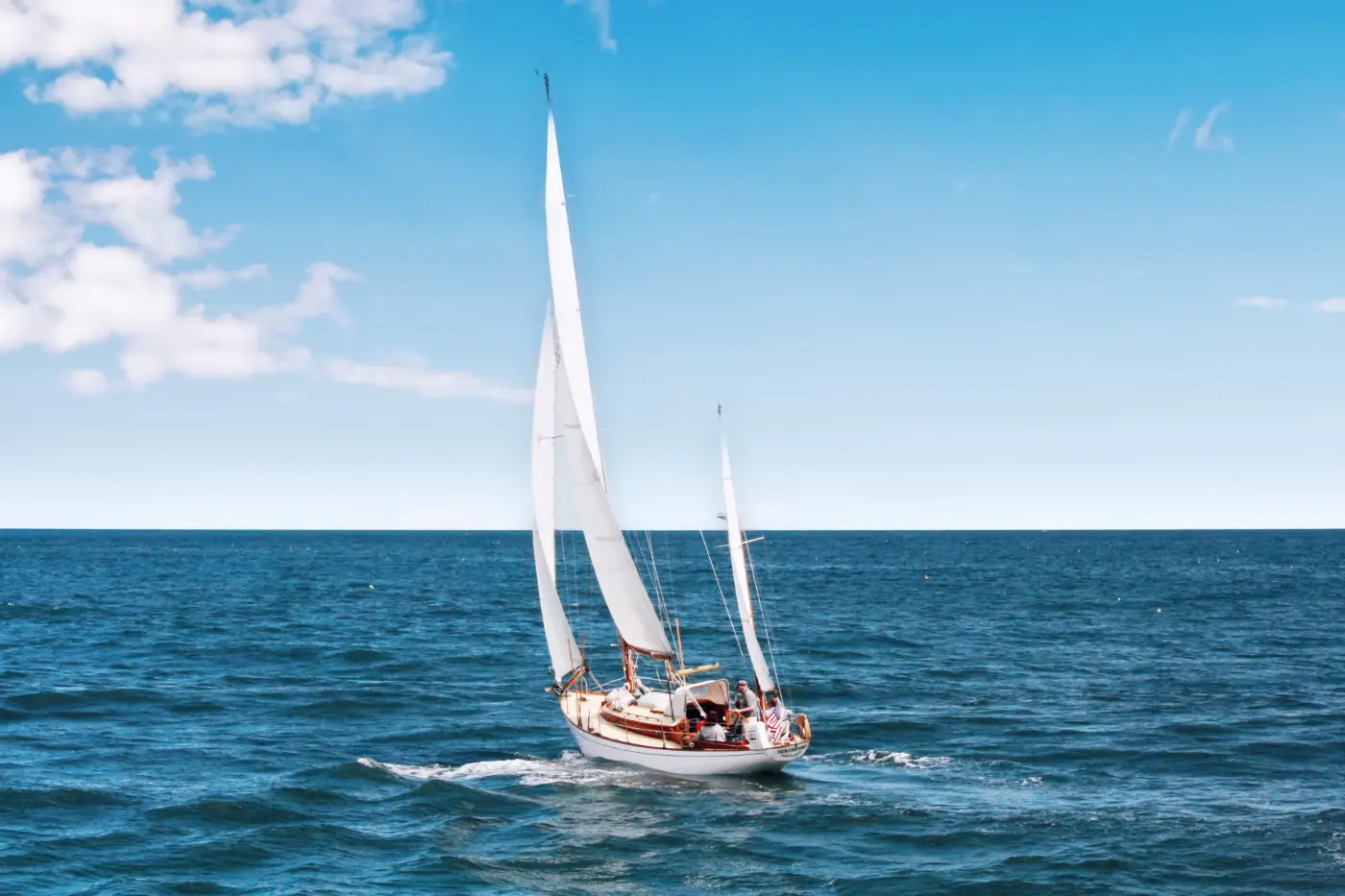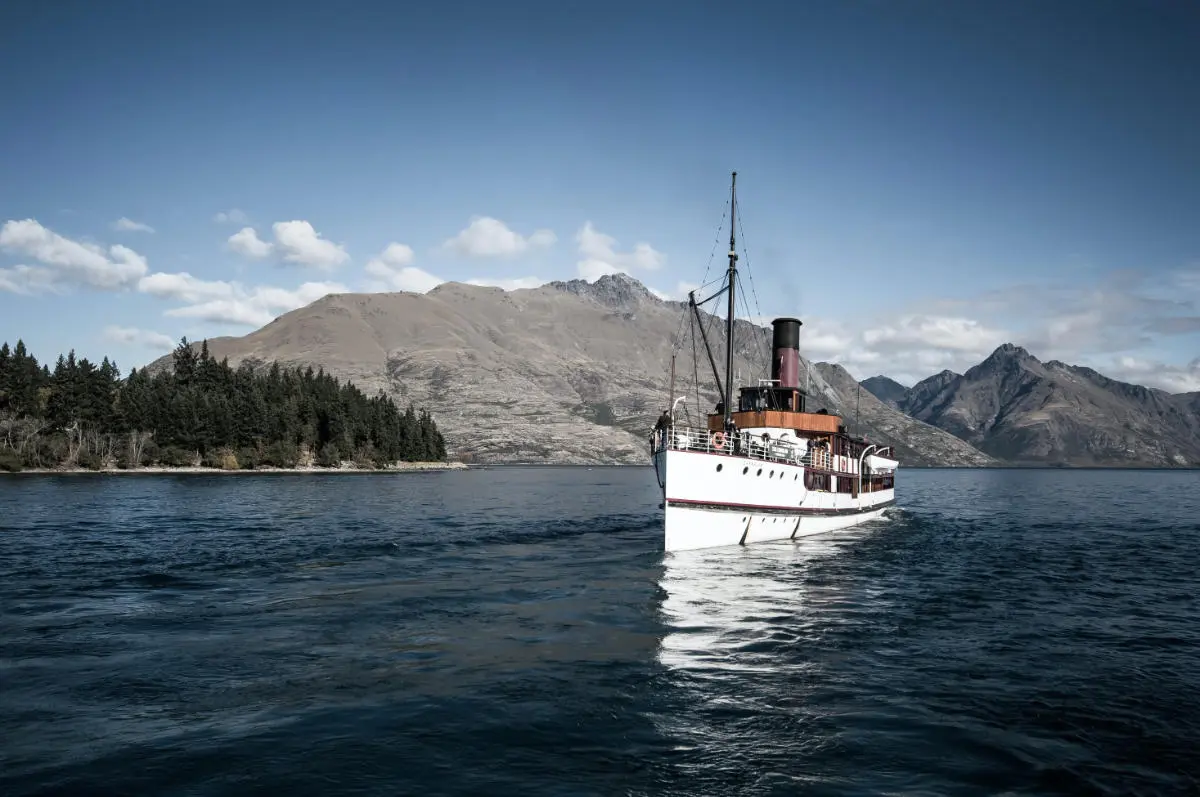Navigating History: The Invention of Bow Thrusters
Discover the evolution and significance of bow thrusters in maritime navigation. Explore their journey from 19th-century invention to modern-day.
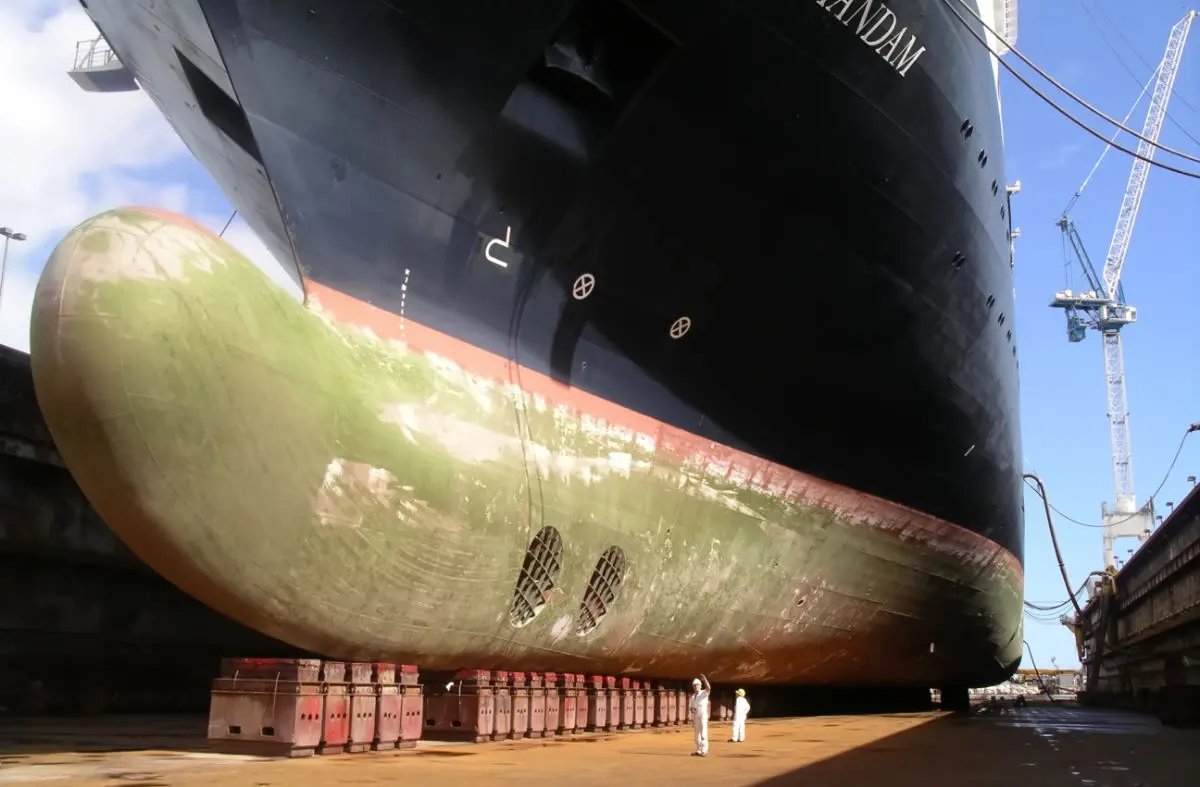
Bow thrusters are essential components of modern maritime vessels, playing a pivotal role in enhancing maneuverability and control in challenging navigational conditions. These devices consist of small, transversely mounted propellers located at the bow (front) of ships, capable of generating lateral thrust to assist in steering and maneuvering. Their significance in maritime navigation cannot be overstated, as they enable ships to navigate through congested harbors, narrow channels, and tight berthing spaces with greater precision and safety.
The history of bow thrusters dates back to the mid-19th century, a period marked by significant advancements in maritime technology. At this time, ships faced considerable challenges when maneuvering, particularly in confined spaces and adverse weather conditions. Traditional methods of steering relied heavily on manual labor and external assistance, often proving inadequate for the demands of modern maritime operations.
Early Developments in Marine Maneuverability
Ships encountered numerous challenges when maneuvering in confined waters or adverse conditions. These challenges included limited space for turning, the influence of wind and currents, and the sheer size and inertia of vessels. In such situations, conventional steering mechanisms alone were insufficient to ensure precise control and safe navigation.
Manual methods of steering, such as using rudders or oars, were prevalent but had their limitations, especially in tight quarters. Additionally, ships often required assistance from tugboats or other external vessels to navigate challenging passages or safely enter and exit ports. While these methods were effective to a certain extent, they were not always practical or efficient, particularly as ships grew larger and maritime traffic increased.
The need for a more effective solution to improve maneuverability and control led to the invention and development of bow thrusters. These innovative devices provided ships with an additional means of propulsion specifically designed to assist in lateral movement, complementing traditional steering mechanisms and reducing reliance on external assistance.
Invention and Emergence
The mid-19th century marked a significant era of innovation in maritime technology, driven by the increasing demand for safer and more efficient means of navigation. During this period, the concept of bow thrusters emerged as a solution to the challenges faced by ships in maneuvering through tight spaces and adverse conditions.
The introduction of the bow thruster concept revolutionized maritime navigation by providing vessels with enhanced maneuverability and control. One notable milestone in the rudimentary development of bow thrusters was the steamship "Vandalia," which made history in 1850 with its pioneering use of a small steam-driven propeller installed at the bow. This innovative propulsion system allowed the Vandalia to navigate through narrow channels and congested harbors with unprecedented precision, laying the groundwork for future advancements in bow thruster technology.
Adoption and Refinement
Following the groundbreaking introduction of bow thrusters, their adoption in maritime vessels was gradual but steadily gained momentum. As the benefits of bow thrusters became increasingly evident, shipbuilders and operators began incorporating them into a wide range of vessels, from commercial freighters to naval ships.
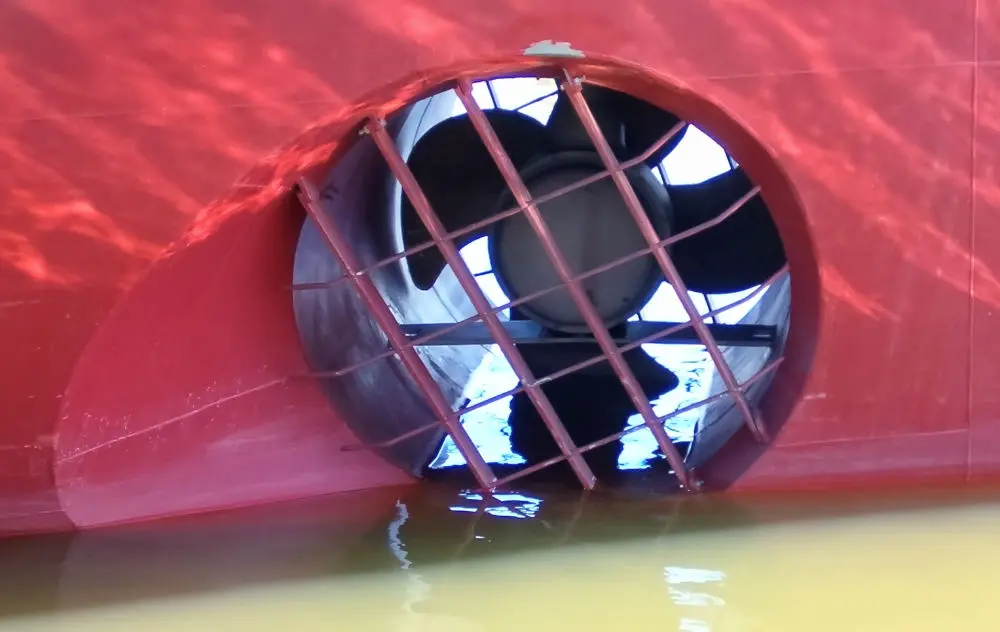
Advancements in technology played a crucial role in improving the efficiency and effectiveness of bow thrusters over time. Early bow thrusters were typically steam-driven, but the advent of electric and hydraulic propulsion systems significantly improved performance and reliability. These advancements allowed for greater precision in maneuvering and reduced the reliance on external assistance during docking and berthing operations.
Notable vessels and instances where bow thrusters became standard equipment further solidified their importance in maritime navigation. Ships of varying sizes and types, including passenger liners, cargo vessels, and offshore platforms, began to feature bow thrusters as essential components of their propulsion systems. As a result, bow thrusters became synonymous with modern maritime vessels, contributing to safer and more efficient navigation worldwide.
Evolution of Bow Thruster Technology
The evolution of bow thruster technology has been characterized by continual innovation and refinement to meet the evolving needs of the maritime industry. Over time, bow thrusters have undergone significant advancements in design, propulsion systems, and control mechanisms, leading to improved performance and versatility.
One of the most notable developments in bow thruster technology has been the transition from steam-driven propulsion systems to electric and hydraulic systems. While early bow thrusters relied on steam power for propulsion, the advent of electric and hydraulic systems brought about greater efficiency, reliability, and flexibility in operation. Electric bow thrusters, in particular, became popular due to their simplicity, ease of installation, and precise control capabilities.
Innovations such as variable-speed control and azimuth thrusters have further enhanced bow thrusters' capabilities. Variable-speed control allows for precise adjustment of thrust output, enabling vessels to maneuver with greater agility and finesse. Azimuth thrusters, which can rotate 360 degrees, offer unparalleled maneuverability, making them especially well-suited for dynamic positioning and station-keeping applications.
Impact on Maritime Industry
The introduction of bow thrusters has had a profound impact on maritime operations, revolutionizing the way ships navigate through challenging environments. By providing vessels with enhanced maneuverability, bow thrusters have significantly improved safety, efficiency, and operational capabilities across various maritime industry sectors.
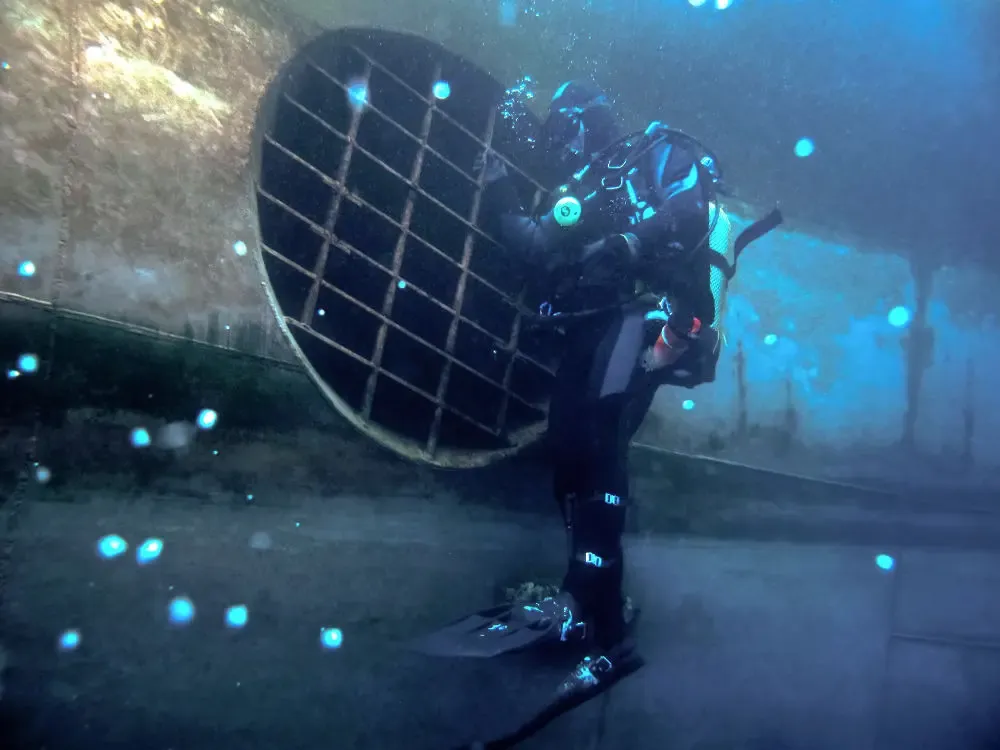
In congested harbors and narrow waterways, bow thrusters enable ships to maneuver with precision, reducing the risk of collisions and accidents. They also facilitate smoother docking and berthing procedures, minimizing downtime and increasing port efficiency. In addition, bow thrusters have proven indispensable in offshore operations, where precise positioning and station-keeping are essential for activities such as drilling, offshore construction, and subsea exploration.
Bow thrusters are crucial in specific industries and types of vessels, including container ships, cruise liners, offshore supply vessels, and tugboats. In these sectors, bow thrusters play a vital role in ensuring safe and efficient operations, enabling vessels to navigate through complex environments and carry out their tasks with maximum precision and reliability.
Conclusion
Bow thrusters have left an indelible mark on maritime history, reshaping how ships maneuver and operate in diverse environments. From their humble beginnings in the mid-19th century to today's advanced systems, bow thrusters have revolutionized ship maneuverability, making navigation safer, more efficient, and more precise.
Looking ahead, the future of bow thruster technology appears promising, with ongoing advancements in propulsion systems, control algorithms, and automation technologies. As maritime operations continue to evolve and become increasingly complex, the importance of bow thrusters in modern navigation cannot be overstated. Whether it's guiding massive container ships through bustling ports or maintaining precise positioning on offshore platforms, bow thrusters will remain indispensable assets for ensuring the safety, efficiency, and sustainability of maritime transportation.
Also read:

